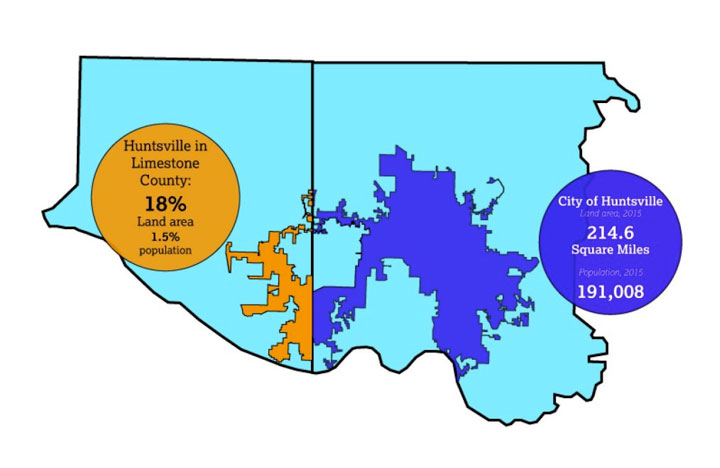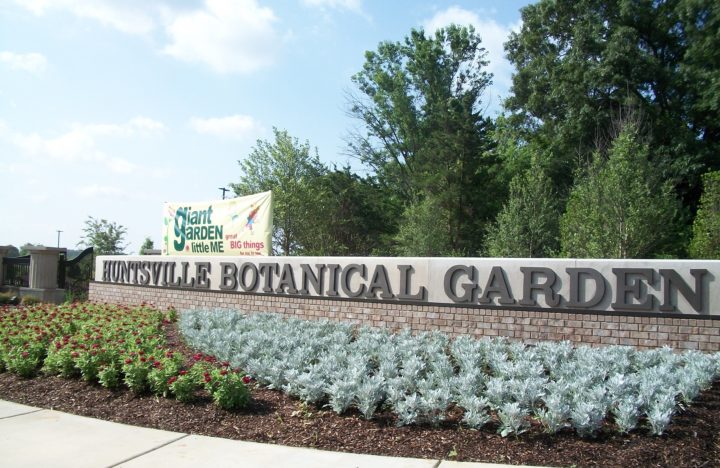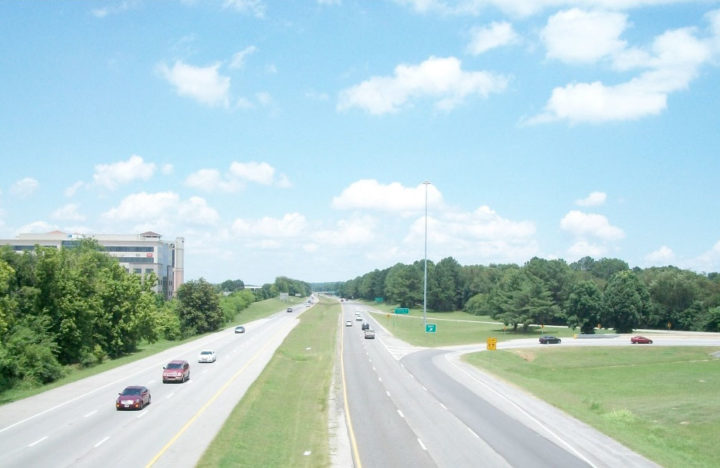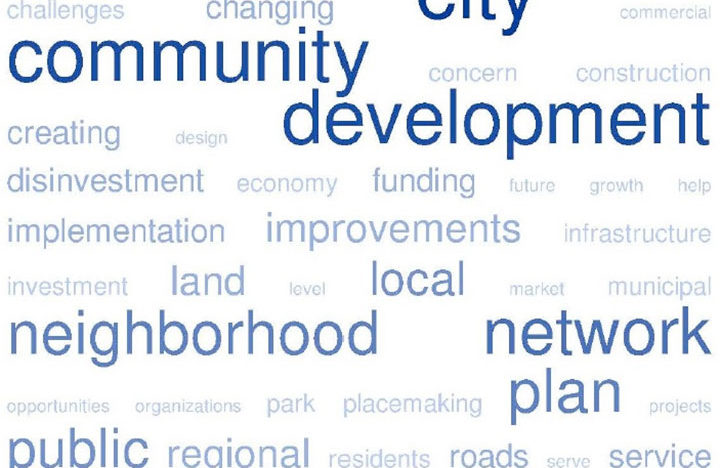Process
The “Process” outlines how the BIG Picture got to where it is today. This section contains past entries on community feedback, policy discussions, and economic analysis, as well as videos of special events and the speaker series. This section provides the background that set the stage for developing the Principles, Policies, and Places that make up the BIG Picture.
- Ensure equity. An inclusive community is one in which every citizen has opportunities to flourish. By planning on regional, local and neighborhood scales, a city can tailor policies and projects based on the needs of every sector of the community. A planning effort can, for instance, identify neighborhoods that lack sidewalks or access to parks, districts that struggle with blight, corridors that are experiencing increasing congestion, or areas that are growing rapidly, and direct investment to address concerns directly. It is important to recognize that in a sustainable community, different parts of a city might need different levels of attention to ensure that the community grows in a manner that is equitable to all residents.
- Allocate resources intelligently. Municipalities are experiencing increasingly tight budgeting. By looking ahead at development patterns and changes in demographics, a city can ensure that it is spending in places where investment will have the greatest impact, now and in the future. There is no “do-over” when it comes to making significant expenditures in infrastructure and industry, so it is crucial that communities do as much planning as possible to be able to accurately and effectively anticipate demand.
- Shape growth. A well-articulated and thoroughly vetted plan will ensure that growth does not happen TO a city, but rather in concert with the vision of its citizens. By clearly stating policy direction, a community can prune out blighted areas, encourage redevelopment in targeted neighborhoods, and improve the performance of existing and planned infrastructure. New development can occur in a more sustainable manner, in a form that contributes to the economic health and social well-being of the community.
- Leave a legacy. We are planning for ourselves… but we are also planning for our future. We want subsequent generations to look back on the decisions we made, and feel grateful. We want our children and grandchildren to WANT to stay in, or come back to, Huntsville. “A society is truly great when old men plant trees in whose shade they will never sit…”
Using the Plan
- Citizens. The BIG Picture should serve not only as a clearinghouse for information about policies adopted by the City, or projects undertaken by private or public interests. It should also represent transparency in how decisions are made with regard to Huntsville’s future. Citizens can track where the City is making investments and undertaking projects, and can see how their representatives are supporting smart growth. This Plan, via Imagine Huntsville, offered the opportunity to weigh in on the decisions being made, and to suggest ideas directly from the community. The City of Huntsville’s contract with IdeaScale, the platform that brought Imagine Huntsville to life, ended on December 31, 2019. Have an idea for the City of Huntsville? Message the Big Picture on Facebook at Facebook.com/BigPictureHuntsville or an e-mail to BigPicture@HuntsvilleAL.gov.
- Investors/Developers/Businesses. For individuals and organizations that want to expand their work in Huntsville, or for those new to the region who want invest in a growing and vibrant community, this Plan can provide insight into community priorities and practices. Huntsville has a reputation of being a business-friendly city, and clearly articulating the community’s expectation can help businesses – whether new or existing – be better partners… and be more successful.
- Planning Commission. New development is coming online every month, and it’s the Planning Commission’s challenge to ensure that new growth is consistent with community ideals and that it makes a positive impact on the city at large. This Plan offers another tool for reviewing development, and for suggesting ways to shape constructive and sustainable development in Huntsville.
Introduction
A brief history of the city; lays out what the rest of the process hopes to accomplish. Read More...
Using the Plan
Citizens. Investors/Developers/Businesses. Planning Commission. Read More...
City and Context
A more detailed review of growth patterns and historical catalysts, a look at the role of the city within the region, a breakdown of subareas, etc. Read More...
Market Analysis
View the final products of our 2013 market assessment and analysis. Read More...
Demographics
An interactive statistical look at current and past population trends. Read More...
Growth Issues
Issues that informed the final plan. Read More...
Land Use
Land use types, trends, analysis of current zoning and existing development patterns. Read More...
Community Facilities
Where the public gathers to play, learn and grow; or to interact with our government. Read More...
Transportation
Huntsville is well-known for its reasonable commute times; indeed, the average commute data is often a selling point when recruiting industry for the metro area. Read More...
History & Natural Resources
Our unique history as an agrarian town-turned-techno city attracts history buffs of all kinds, from watercress to the Civil War to outer space and beyond. Read More...
Community Issues
Community issues are identified via two primary approaches: the analysis performed by planning professionals as part of the study; and comments expressed by the citizenry through the various public engagement venues. Read More...
Last modified: December 31st, 2019 at 10:21 pm












